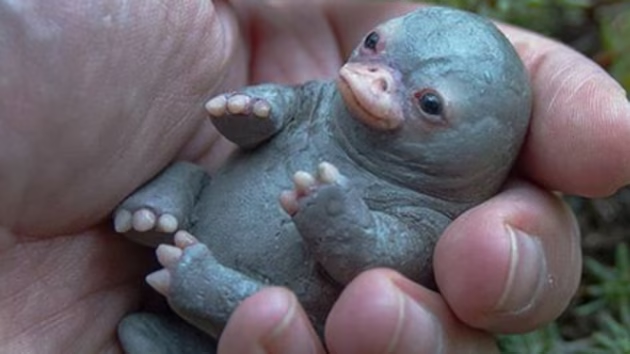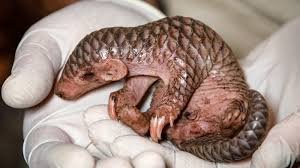
are polar bears dangerous
Introduction to Polar Bears
Polar bears (Ursus maritimus) are among the most powerful and iconic animals in the Arctic. Known for their massive size, thick white fur, and remarkable hunting skills, they are top predators in their icy environment. But despite their majestic appearance, many people ask: Are polar bears dangerous?
The short answer is: Yes — polar bears can be extremely dangerous. They are strong, fast, and highly intelligent carnivores, capable of killing large animals and even humans under certain circumstances. However, polar bear attacks are rare and usually occur when the animal is starving, threatened, or feels its cubs are in danger.
To understand their danger level, it’s important to explore their behavior, biology, and relationship with humans.
Where Do Polar Bears Live?
Polar bears live in the Arctic region, including parts of Canada, Alaska (USA), Greenland, Russia, and Norway’s Svalbard archipelago. They are specially adapted to survive in freezing temperatures, often spending weeks or months on sea ice hunting seals, their main prey.
Their home territory includes:
- Sea ice platforms for hunting
- Coastal regions and islands during ice melt
- Tundra zones when forced inland during warmer seasons
As sea ice melts due to climate change, polar bears are coming into closer contact with human settlements, increasing the potential for dangerous encounters.
Physical Strength and Hunting Skills
Polar bears are the largest land carnivores on Earth. Adult males can weigh between 900 to 1,600 pounds (400–720 kg) and stand over 10 feet tall when on their hind legs.
Key features that make them dangerous:
- Powerful forelimbs with sharp claws used to grab and kill seals
- Strong jaw and teeth designed to tear through meat and blubber
- Excellent swimmers capable of traveling long distances in icy waters
- Can run up to 40 km/h (25 mph) for short bursts
They are apex predators, meaning they sit at the top of their food chain with no natural predators — except humans.
Are Polar Bears Aggressive Toward Humans?
In general, polar bears do not hunt humans. Most wild polar bears will avoid human contact if possible. However, they can become aggressive under certain conditions:
- Hunger – A starving polar bear is much more likely to take risks and may see humans as potential prey
- Defense – Mothers protecting cubs can be very aggressive
- Surprise encounters – A startled bear may attack in self-defense
- Attracted by food or garbage – Bears that lose their fear of humans can become dangerous
According to wildlife records, polar bear attacks on humans are extremely rare, but when they do occur, they are often fatal due to the bear’s strength.
Documented Attacks and Incidents
While not common, there have been documented polar bear attacks in the Arctic. Most have occurred in remote communities or during scientific expeditions.
Examples:
- In Svalbard, Norway, several tourists have been attacked over the past decade. In one case, a polar bear entered a tent and fatally injured a camper.
- In Canada’s Nunavut region, indigenous communities sometimes report bears coming too close to towns, occasionally resulting in injuries or deaths.
- In Alaska, polar bears have occasionally approached villages in search of food during poor ice years.
These incidents highlight that while polar bear attacks are rare, they are extremely serious when they do occur.
How Do Polar Bears Compare to Other Dangerous Animals?
Compared to other large predators such as grizzly bears or tigers, polar bears have:
- Fewer human encounters, due to their remote habitat
- More powerful bodies, built for extreme environments
- A stronger dependence on meat, making them more likely to scavenge
Polar bears are often considered more unpredictable, especially when ice conditions force them inland and closer to human settlements.
Human-Bear Conflict in the Arctic
As climate change melts Arctic ice, polar bears are forced to spend more time on land, increasing the chance of encountering humans.
This results in:
- Bears entering villages in search of food
- Trash and waste attracting curious or desperate bears
- Increased risk to locals and tourists
To prevent conflict, many Arctic regions have adopted safety measures like:
- Bear-proof garbage containers
- Patrols and warning systems in high-risk areas
- Educating locals and visitors on polar bear safety
How to Stay Safe in Polar Bear Territory
If you’re traveling or living in polar bear regions, you must take extreme precautions to stay safe. Recommendations include:
- Never approach a polar bear – keep your distance at all times
- Travel in groups – bears are less likely to attack groups than individuals
- Carry bear deterrents – such as flares, noisemakers, or bear spray
- Secure food and waste – always keep food sealed and locked away
- Avoid camping alone – use established campsites with protective measures
Most importantly, always respect the animal’s space and remember that polar bears are wild predators, not pets or photo opportunities.
Are Polar Bears Endangered?
Yes, polar bears are classified as vulnerable by the IUCN Red List due to the rapid loss of sea ice — their main hunting ground.
Key threats include:
- Melting ice from global warming
- Habitat fragmentation
- Pollution and industrial activity in the Arctic
- Human-bear conflicts increasing due to proximity
Conservation efforts focus on monitoring populations, reducing carbon emissions globally, and protecting key habitats through wildlife management and international cooperation.
Symbolism and Cultural Significance
In many Indigenous Arctic cultures, the polar bear is seen as a sacred animal — a symbol of strength, endurance, and spirit. It plays a vital role in the mythology and survival practices of peoples like the Inuit, who have coexisted with these bears for centuries.
In modern times, the polar bear has also become a global symbol of climate change, often featured in environmental campaigns to raise awareness of Arctic melting and biodiversity loss.
Conclusion
So, are polar bears dangerous? The answer is yes — but with context. These magnificent creatures are powerful wild predators, and while they don’t actively seek out humans to attack, they can and will defend themselves or hunt when desperate.
As their habitat changes, interactions between humans and polar bears are likely to increase. Education, respect, and conservation are the keys to protecting both people and polar bears in the years ahead.
Whether seen as majestic icons or fearsome hunters, polar bears remind us of nature’s raw power and our responsibility to protect the ecosystems they depend on.






